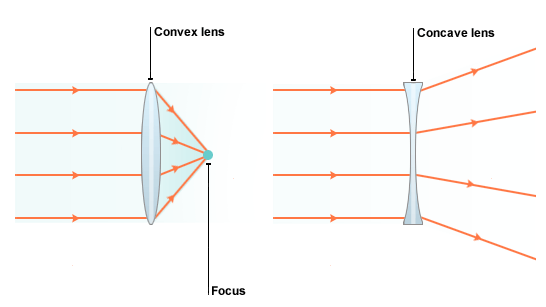Since light imparts momentum to an object that it comes in contact with, and since a magnifying glass bends light that passes through it, I am wondering if this would mean that if a magnifying glass is placed in outer space within our solar system, and it is held in position towards the Sun, it should be accelerated away from the Sun as it gains more and more momentum by continuously bending sunlight that is passing through it.
I am neither a physicist nor a scientist and I am asking this question simply out of scientific curiosity.
Would a magnifying glass be an effective solar sail?

